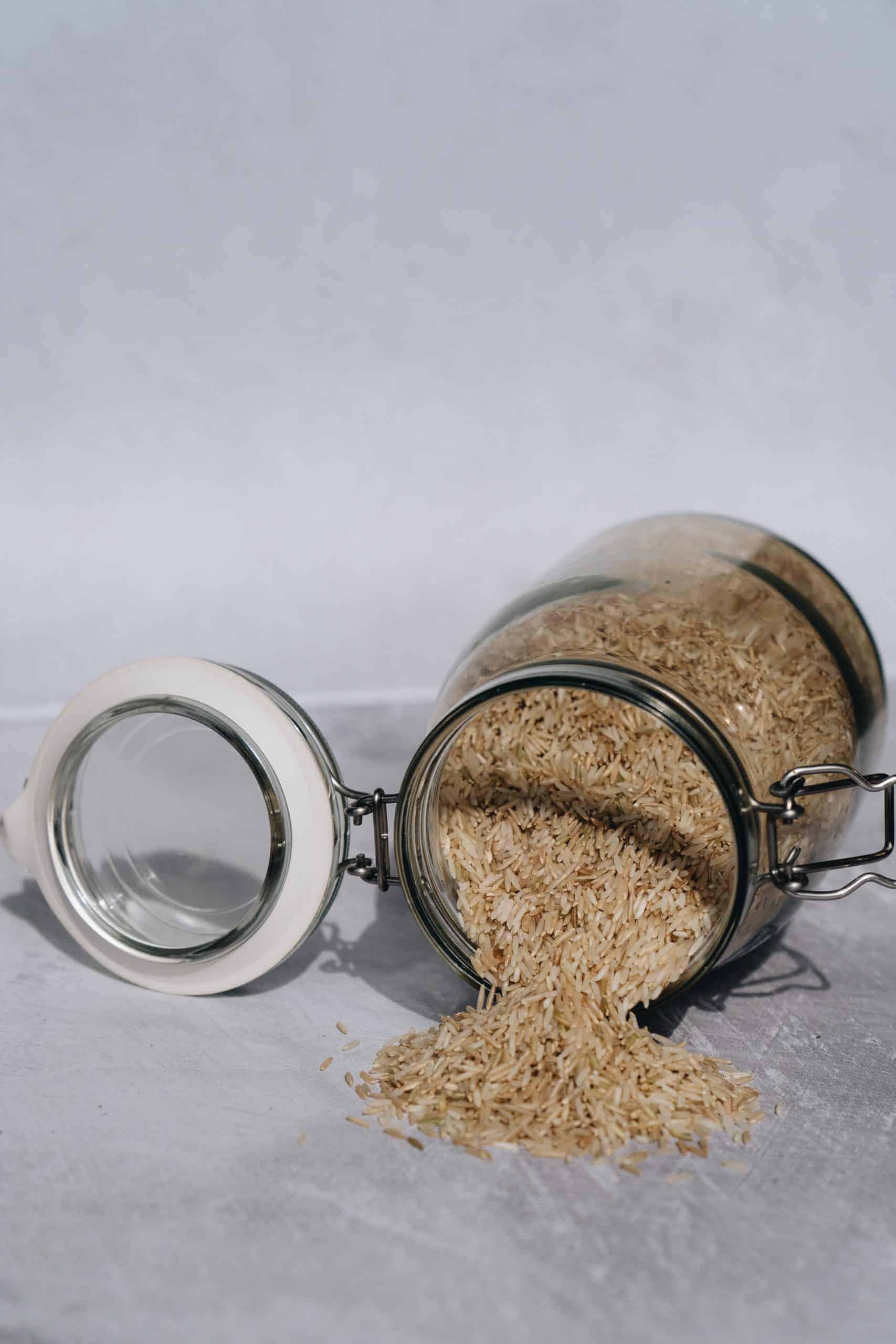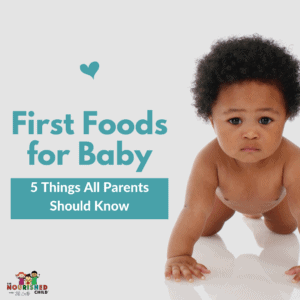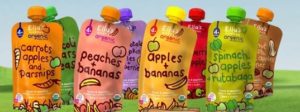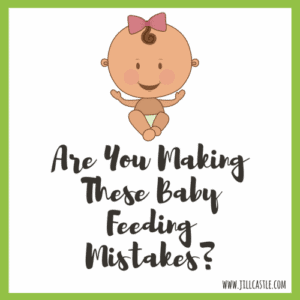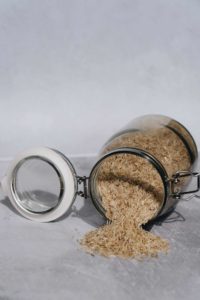Self-Feeding Tips for Babies & Toddlers
February 5, 2021
One of the most important skills your child can learn early in childhood is how to eat on his own.
In my years as a registered dietitian in private practice, I’ve cared for many children who don’t eat independently.
Toddlers who are still spoon fed by their parent. Older kids who won’t touch food.
Kids who don’t use utensils. Toddlers who refuse to eat because they’ve become disinterested.
If you have a child who’s like this, then you know what I’m talking about.
Self-feeding, or eating independently, is an important developmental milestone of infancy and toddlerhood. Yet, some children stumble with this milestone, leading to problematic eating like picky eating.
In this article, you’ll learn how to encourage your child to eat on his own, with some tips and suggestions for facilitating self-feeding.

At What Age Should a Child Start Eating by Himself?
When your baby is 6 months old, he can start the very early process of feeding himself.
Dip your baby’s fingers in baby food and encourage him to lick or suck on them.
If you’re practicing baby led weaning, place a piece of soft food like ripe avocado or banana into your baby’s hand and show him how to bring his hand to his mouth.
If you want to teach self-feeding with a spoon, you can load a spoon with food, put it in your baby’s hand and guide it to his mouth.
Practice this over and over until your baby gets the hang of it.
As your baby ages, he will develop the palmar grasp around 6 months of age. This is where your baby takes his open hand and rakes food, drawing it to his mouth.
After this, the pincer grasp emerges at around 9 months. Your baby can take his thumb and forefinger and bring them together to pick up a small piece of food.
With practice and time, your baby will learn to self-feed in no time. He may still need your help, especially if he gets frustrated, but these early months are key to learning how to eat.
Equally important: Feeling confident that he can feed himself.
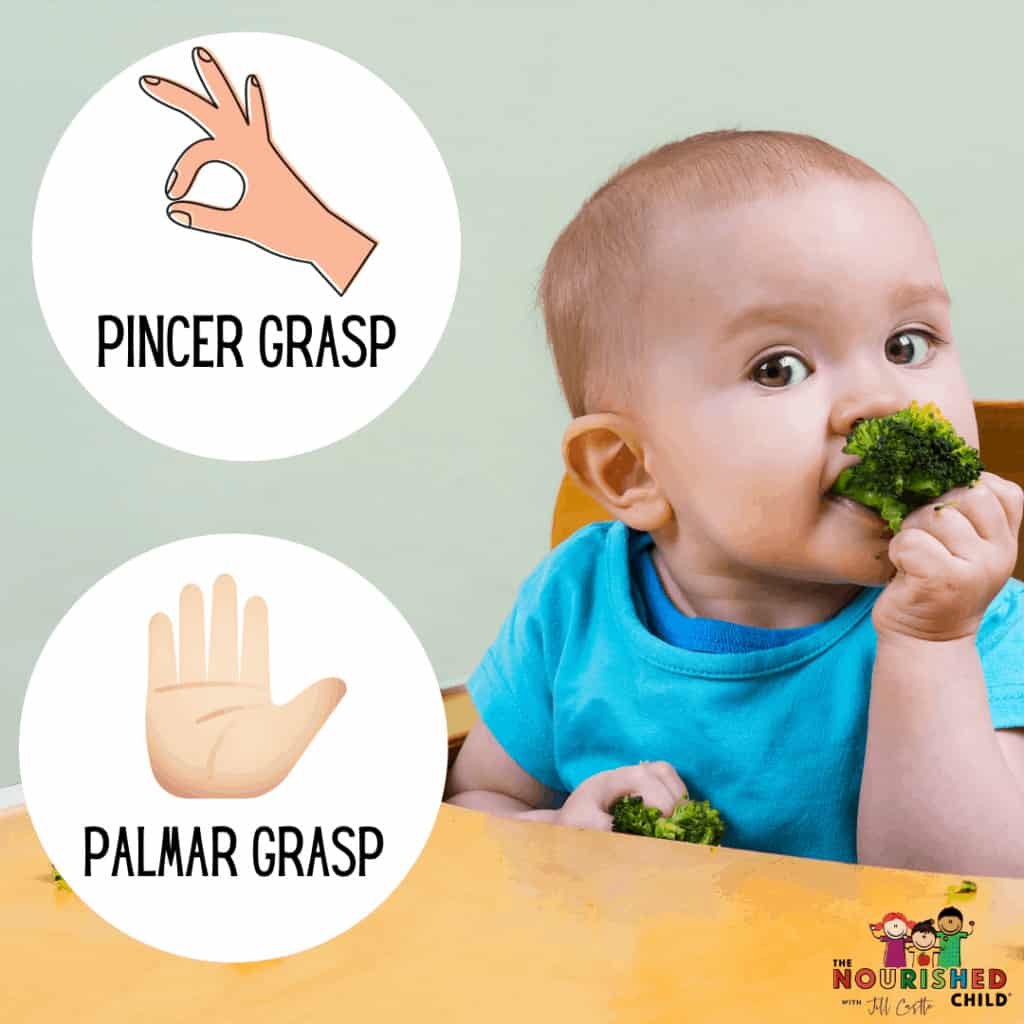
How Do I Get My Toddler to Self-Feed?
You can never make your child eat, not if you want to be a kind, empathetic, positive influence on your child. However, you can set up his eating environment to encourage self-feeding, even when he seems disinterested.
Here’s how:
1. Keep an Eating Routine
Have a set schedule for meals and snacks, and serve them in the same location most of the time. Your child will get used to this and feel comfortable with the routine.
He’ll learn that coming to the table means it’s time to eat, and not do other things like watch a video or play with a toy.
2. Serve Developmentally-Appropriate Food
The goal here is to make sure your child is getting good nutrition, eating safely, and developing confidence in his eating skills.
For babies, you may be offering purees (for spoon feeding) or hand-held, soft, meltable foods (for baby led weaning).
As your child becomes an older baby or young toddler, diced or chopped finger foods that can be picked up independently are good choices.
By the end of the first year, you want your baby eating what your family eats, just modified for his eating skills.
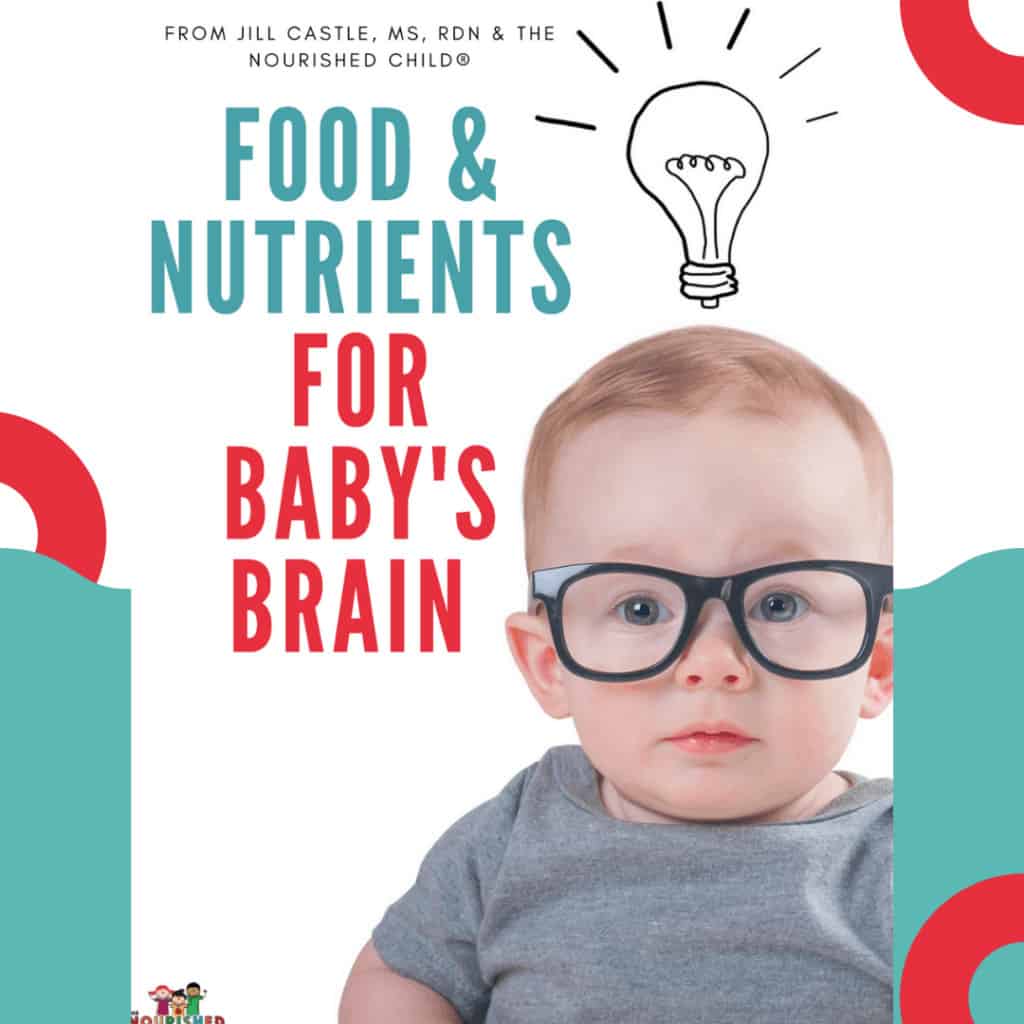
Get the Food & Nutrients for Baby’s Brain!
3. Limit the Time at the Table
Young children have short attention spans. They get wiggly and distracted when they sit for too long.
I suggest limiting mealtimes to 20 minutes and snack time to 10 or 15 minutes for the baby and toddler.
Of course, if your child is still interested in eating you can keep him at the table a bit longer. But don’t drag out meals or snacks as this can become negative and counter-productive to enjoyable eating.
4. Allow Food Exploration
Remember, young children are learning about food, so meals and snacks are perfect times to explore. This means playing with food! And cooking with food!
Yes, this can get messy.
But there’s a payoff.
Your child gets to experience all the sensory components of food: Taste and flavor, fragrances, texture, and appearance.
[Watch 5 Things You Can Do with Toddler in the Kitchen on YouTube!]
5. Show Your Child How to Eat
When you eat with your child you can exaggerate the mechanics of eating.
Make sounds of joy when you eat (e.g., “mmmm…”). Show your child how to chew his food, exaggerating the chewing mechanism.
Display how to extract food from a fork or spoon with your lips.
Role modeling how to eat will help your child connect with these skills as he is learning how to self feed and eat independently.
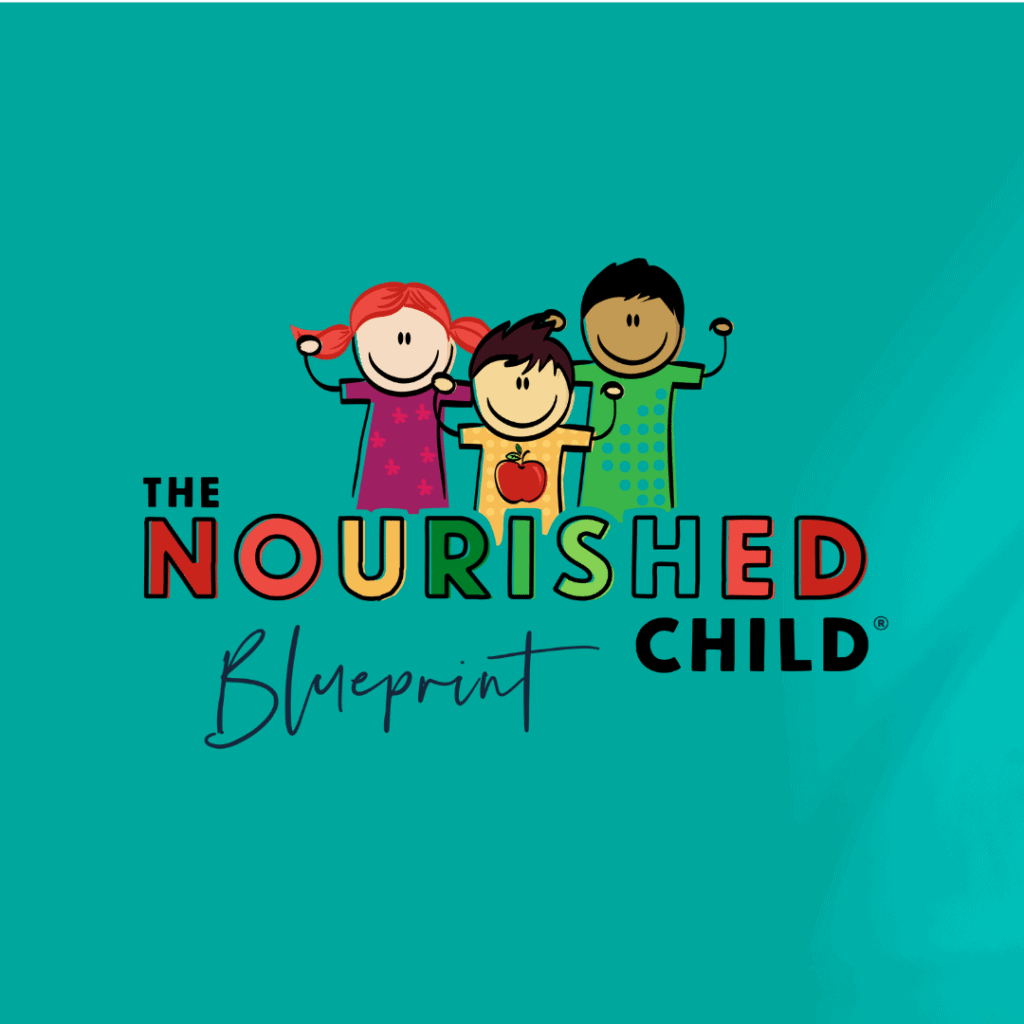
Learn the fundamentals of nourishing your child, inside and out.
Need More Help?
Be sure to visit our On Demand library for tutorials and workshops. Check out our nutrition booklets, subscribe to our podcast and YouTube channel! And be sure to read The Ultimate Guide to Baby’s Nutrition in the First Year!


